Playgrounds once resonated with the sounds of carefree children, but not every game was as innocent as it seemed. Some of these games, played with boundless energy and daring, held hidden dangers.
Join us as we reminisce about ten perilous playground games from the past, each with its own risks and thrills.
Red Rover
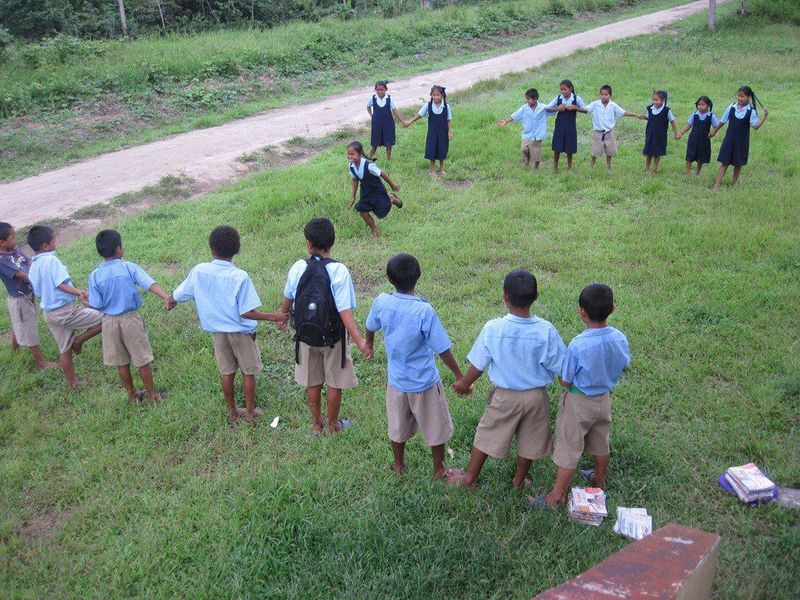
Charging with full speed, children would hold hands in a line, daring others to break through their grasp. The game fostered excitement and camaraderie, yet it often resulted in bruises and even fractures.
Many parents cringed at the thought of their child participating.
The thrill lay in the challenge of breaking the chain, but the strength required sometimes led to painful tumbles. Red Rover’s simplicity was its allure, though the risks were often overlooked.
Participants needed to brace themselves both physically and mentally.
Ensuring safety was a challenge, as the game depended on both strength and strategy.
Dodgeball
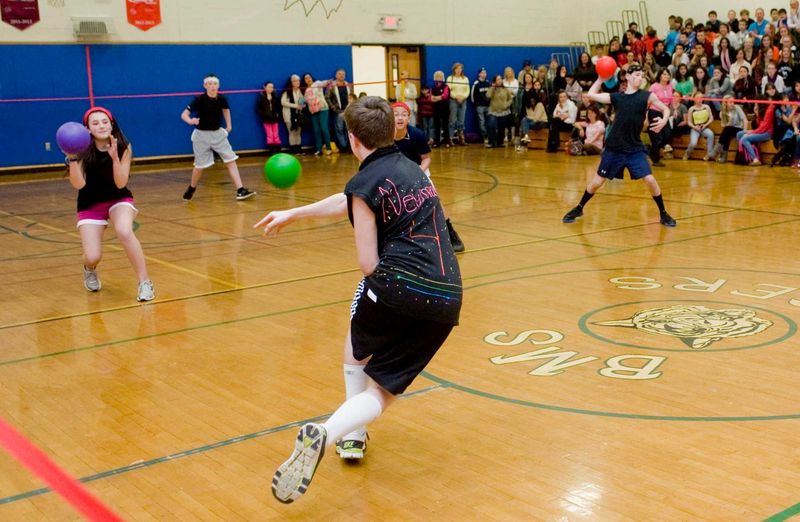
Dodging and weaving, players aimed to avoid the swift sting of the dodgeball. This game tested both agility and speed, requiring quick reflexes to stay in play.
Participants often left the field with red marks, trophies of their effort.
Despite being exhilarating, dodgeball involved a risk of injury, especially when balls were thrown with excessive force. Precision and timing were key in both attack and defense.
The game’s popularity persisted despite the inherent dangers.
Though fun-filled, dodgeball called for careful supervision to minimize aggressive throws and ensure a safe environment for all.
Freeze Tag

Running at full tilt, kids dashed across the playground, attempting to evade the tagger’s touch. The game’s simplicity masked the potential for mishaps, especially when momentum carried players into collisions.
Freeze Tag was a staple at recess, encouraging both creativity and physical exertion. Sudden stops and starts, however, sometimes led to falls or twists.
The thrill of mid-motion freezing added to the excitement.
Though accidents were infrequent, the game’s nature required a level playing field and awareness of surroundings to prevent injuries.
Monkey Bars Challenges
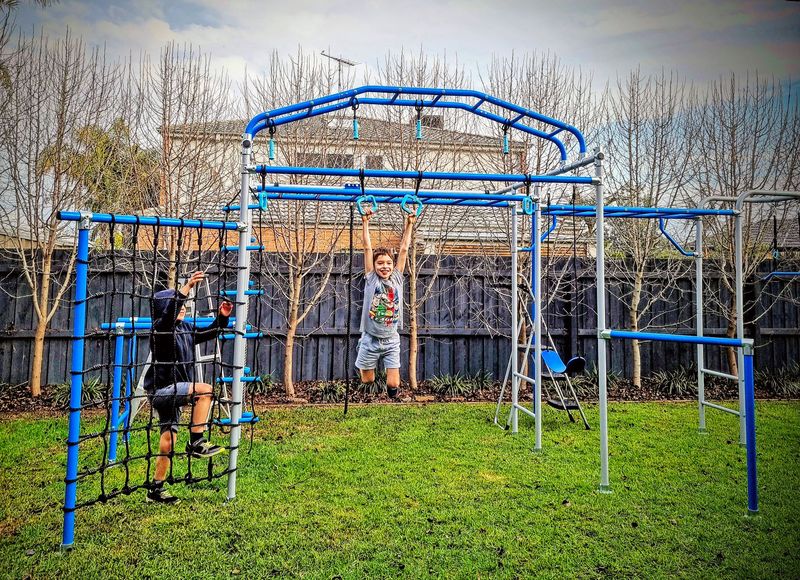
Swinging and climbing, these challenges transformed the playground into an adventure zone. Kids would invent daring feats, testing their strength and daring.
The thrill of hanging suspended was matched by the risk of falling.
Monkey bars demanded both coordination and courage, as one slip could lead to scrapes or worse. Yet, the sense of achievement was unmatched when completing a tricky maneuver.
Parents often watched anxiously from the sidelines.
Encouraging creativity and physical prowess, these challenges required strong grip and focus, making them both exciting and hazardous.
Kick the Can
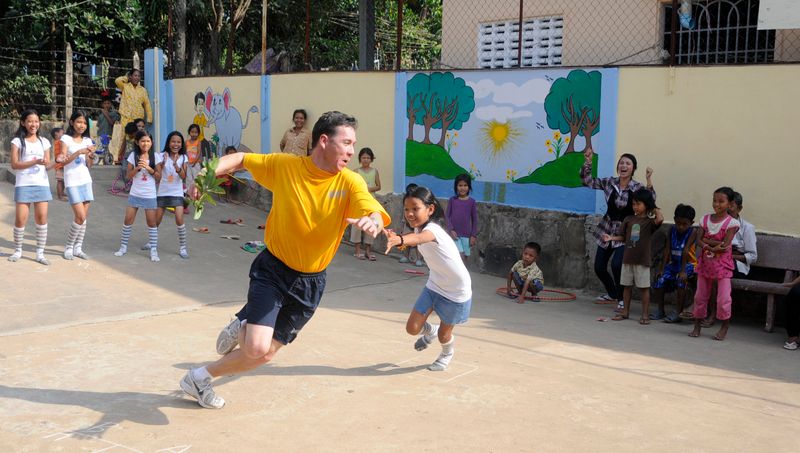
Combining elements of hide and seek with tag, this game was a test of stealth and strategy. Players hid while one sought to find and tag them before they could kick the can.
The thrill of the chase was tempered by the potential for trips and falls, especially in uneven terrains. Creativity in hiding spots added an element of surprise, keeping the seeker on their toes.
Though the game encouraged teamwork and cunning, it sometimes led to accidents, making vigilance important to ensure safety for all involved.
British Bulldog

Marked by exuberant sprints and tackles, British Bulldog stood out for its intensity. The objective was simple: break through the opposing line without being caught.
This high-energy game often resulted in falls and bumps, as players gave their all to win. It was as much about strategy as speed, requiring quick thinking to evade capture.
While immensely popular, the game’s rough nature meant that injuries were common. Supervision was key to ensure that the fun didn’t turn too intense or dangerous.
King of the Hill
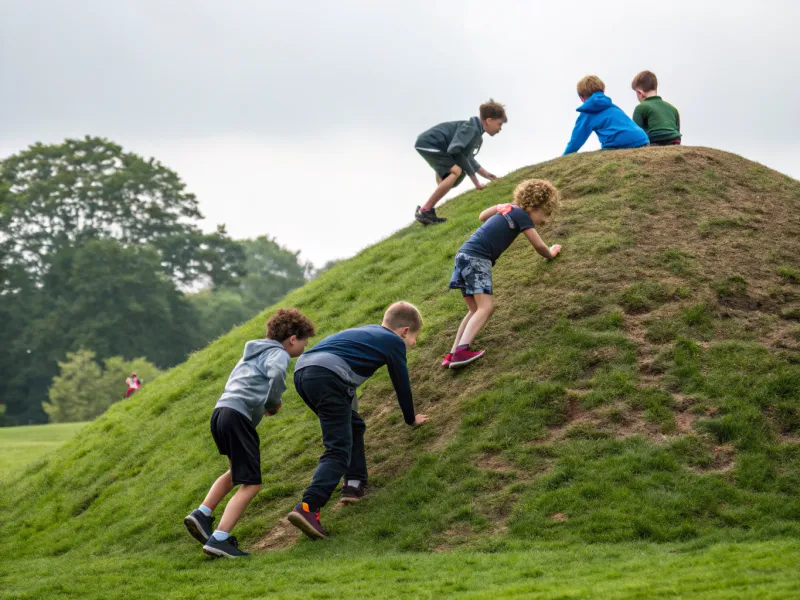
A battle for supremacy, King of the Hill challenged kids to maintain their spot atop a mound against all comers. The struggle to dethrone the “king” was both thrilling and perilous.
Pushing and pulling were common, leading to tumbles and tumbles. The game’s appeal lay in the glory of victory, but the risk of injury was ever-present.
Mounds often became arenas of laughter and chaos.
Understanding boundaries and playing safely was crucial, as the game’s competitive nature could easily escalate without oversight.
Capture the Flag
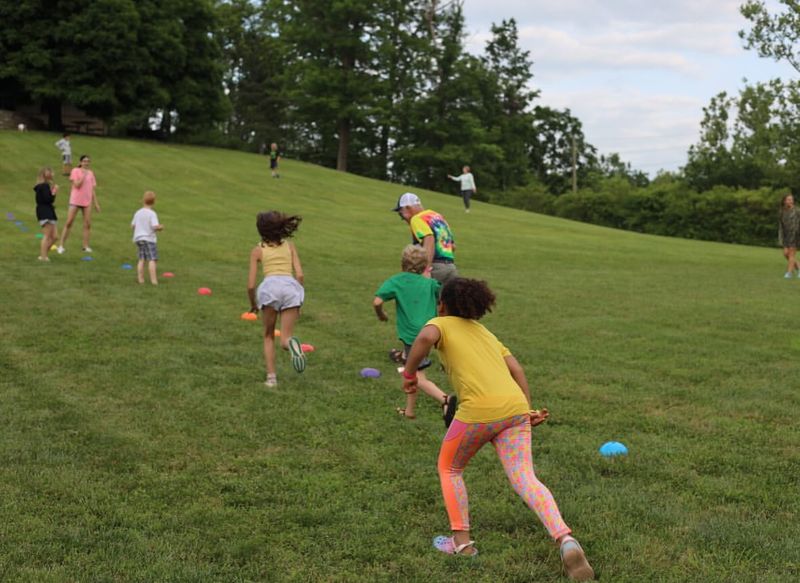
Strategy and speed combined in this classic game where teams vied to capture each other’s flag. The large playing area often led to sprints and strategic maneuvers.
Capture the Flag demanded teamwork and communication, but also held risks of trips and falls. The excitement of planning and executing a successful capture was a major draw.
Though injuries were rare, the game’s complexity required clear rules and boundaries to ensure a fun and safe experience for everyone involved.
Hopscotch
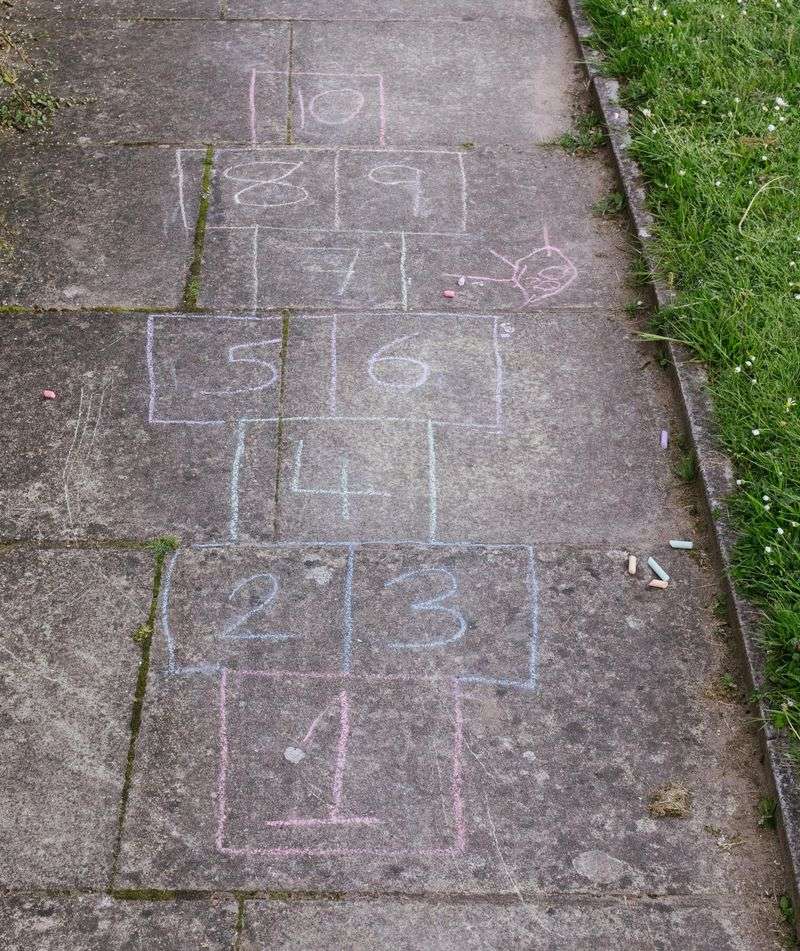
With a hop and a skip, players navigated the numbered squares with precision. While seemingly simple, hopscotch required balance and coordination, with the potential for sprains if missteps occurred.
It encouraged patience and skill, challenging participants to complete the course without slipping. The joy of success was often accompanied by shared laughter among friends.
Though one of the safer games, uneven surfaces sometimes posed hazards. Ensuring even ground and proper footwear helped minimize risks, making it enjoyable and safe.
Marbles
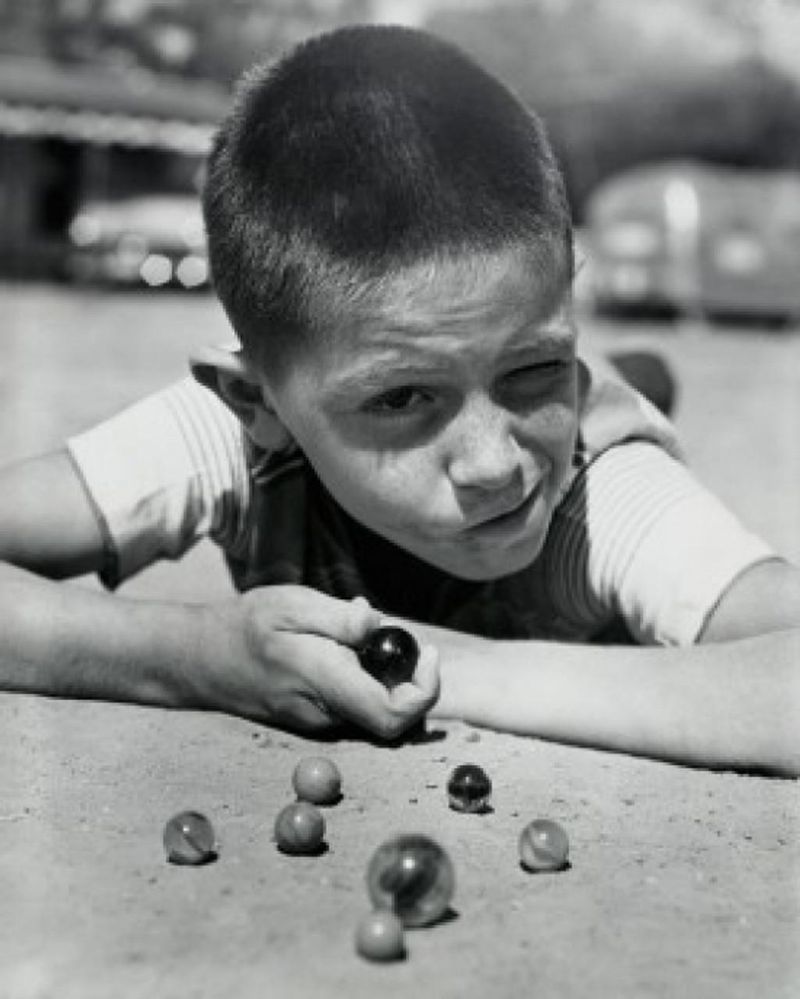
Skill and precision were key in marbles, a game that involved flicking small glass spheres to hit targets. Players honed their aim and technique, often engrossed for hours.
While physically safe, marbles posed a choking hazard, requiring oversight for younger children. The satisfaction of a perfect shot was a reward in itself, fostering friendly competition.
Marbles encouraged patience and focus, with rules varying by region. Ensuring age-appropriate play and supervision reduced risks, allowing kids to enjoy this timeless pastime responsibly.
